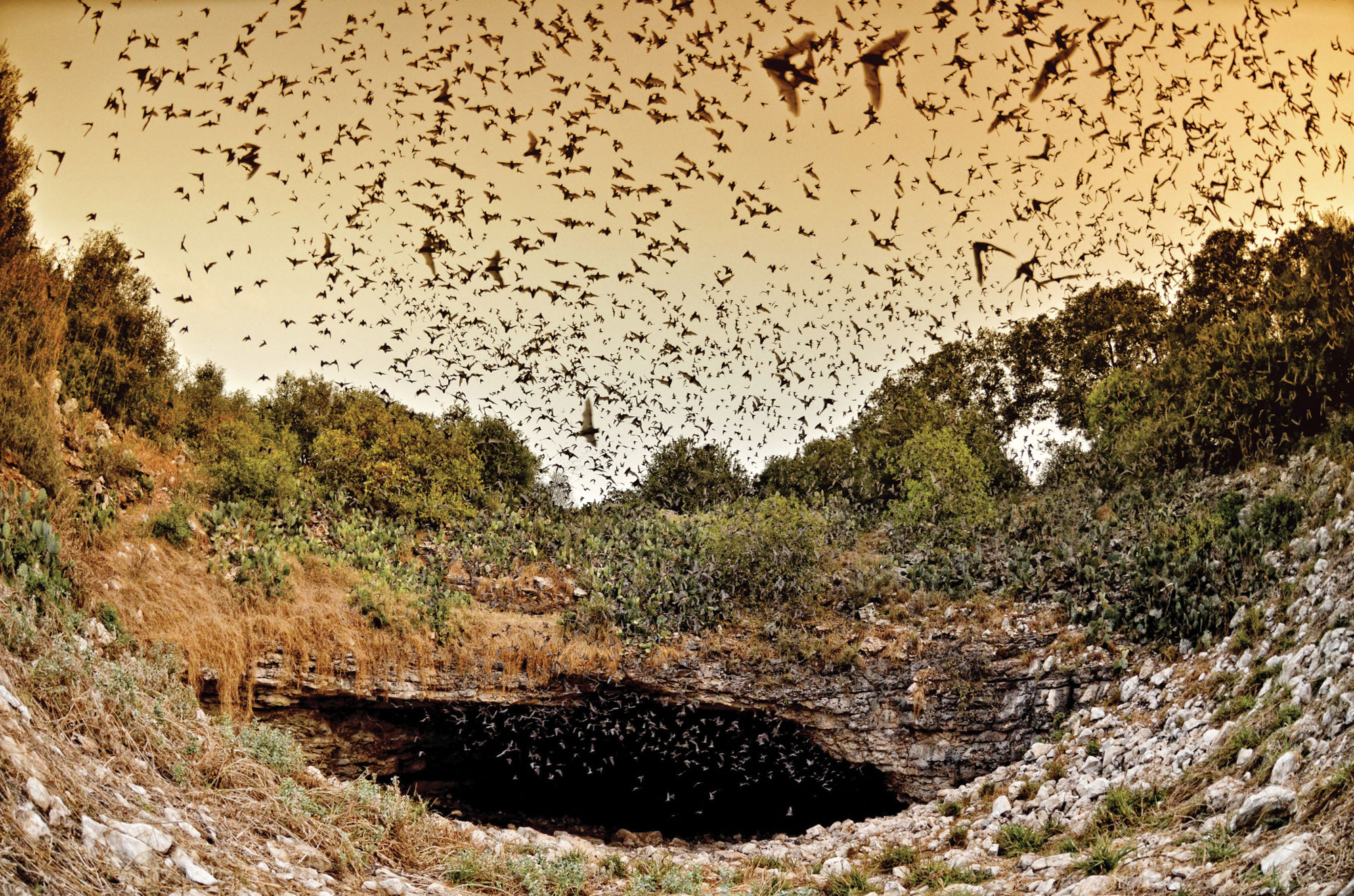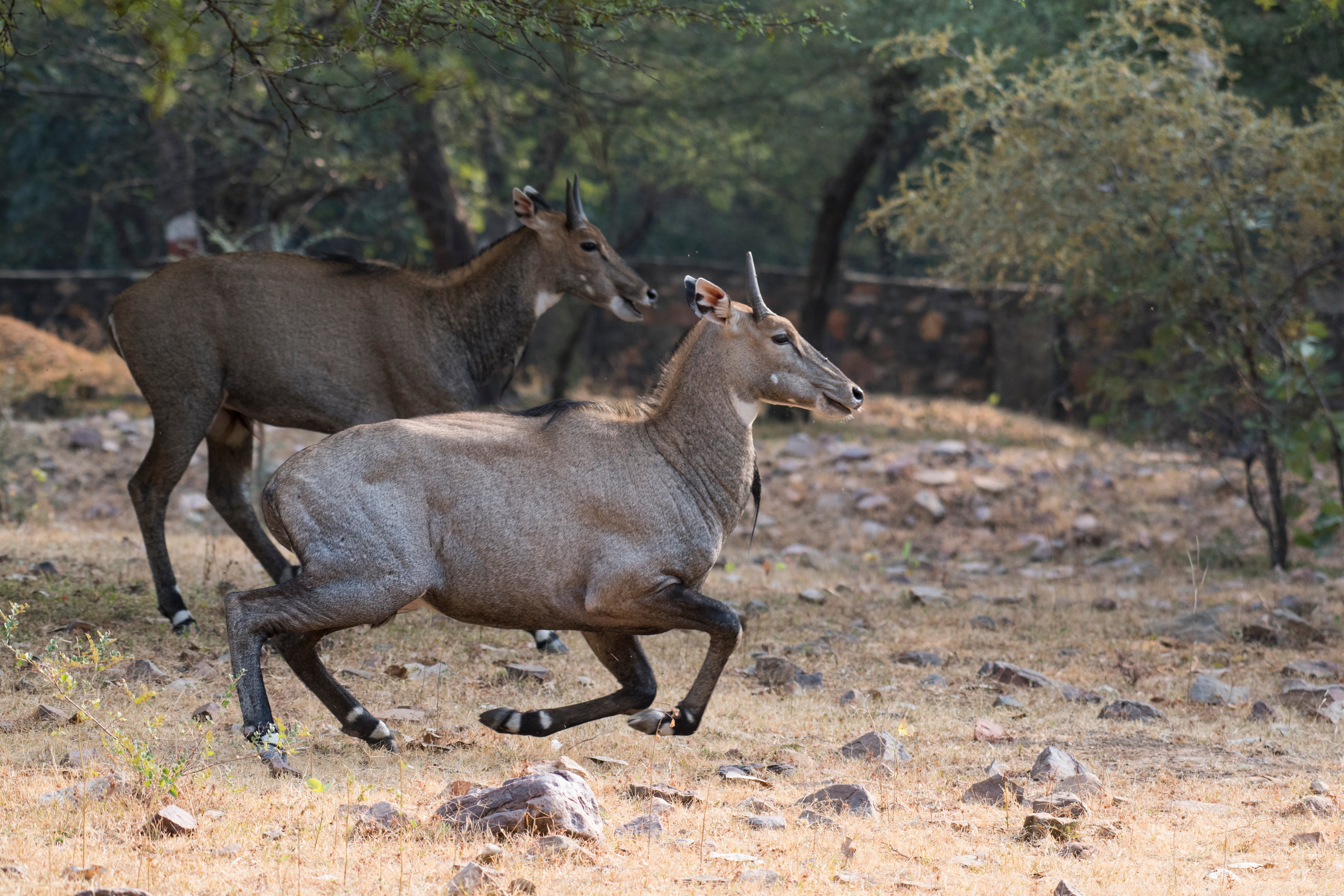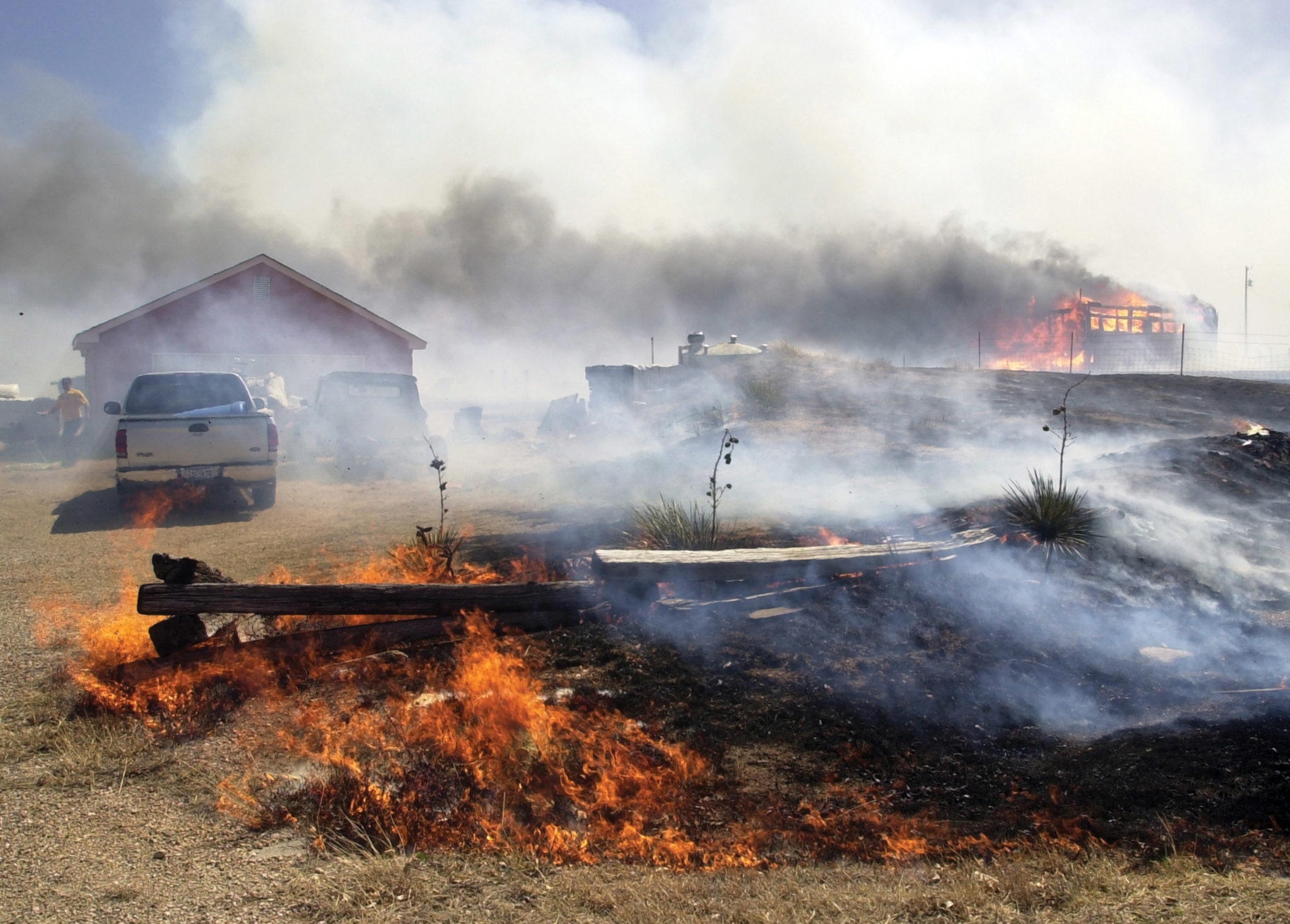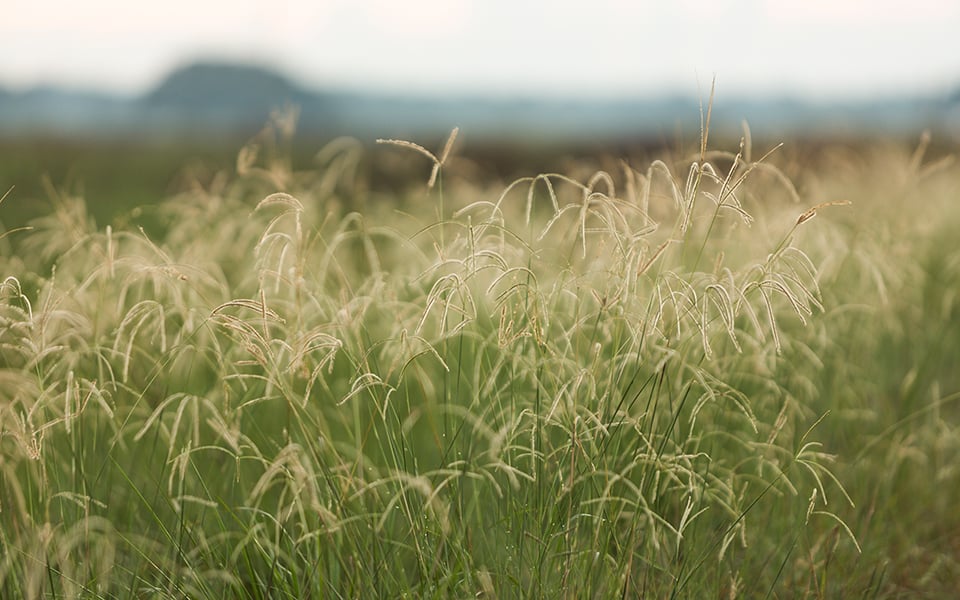
How Texas Prairies Could Help Combat Climate Change
Native grasslands once covered most of Texas, acting as an important carbon sink. Which is why restoring the land to prairie is increasingly important in the face of climate change.

The Amazon rainforest has been burning particularly intensely this year—so much so that the smoke from the fires obscures the last hours of daylight in São Paulo. While forest fires aren’t unusual in this heavily wooded region of Brazil, many of the fires this time were started intentionally, to clear the land for agricultural pastures. This is particularly worrisome when it comes to climate change. Forests serve an important ecological function as a carbon sink, with trees converting carbon dioxide into sugar that sustains their lives, and releasing oxygen, the element that sustains ours. With an ever-increasing amount of greenhouse gases in the atmosphere, forests are more important than ever.
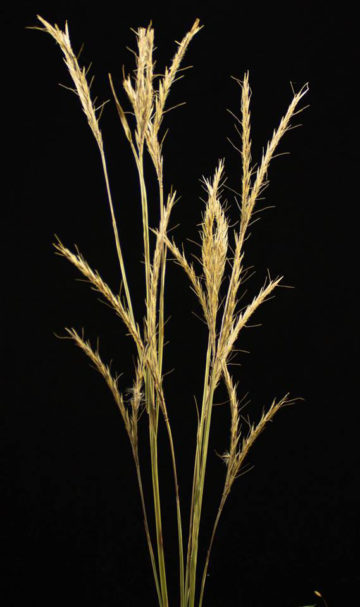
But thousands of miles away from the burning forests, most Texans are living, working, and driving on top of what used to be another very effective carbon sink: tall grass prairies. Miles of bluestem and Indian grass, switchgrass, and dropseed once covered 90 percent of the state, from the Panhandle to the Red River, down to the Gulf of Mexico.
Today, the state’s prairies have largely been paved over to make room for the urban and suburban sprawl of some of the fastest-growing cities in the nation. Where urbanization hasn’t yet taken hold, the deep, rich grassland soil has been converted to farmland for monoculture croplands like cotton, hay, and corn. Less than 1 percent of Texas’ original native prairies remain intact.
Protecting the prairies might not seem as urgent as saving the Amazon, an area that has become symbolic for the global environmental movement. “A lot of people don’t understand prairies—‘What’s the big deal, it’s a patch of grass,’” said Kirsti Harms, the executive director of the Native Prairies Association of Texas. But as the climate becomes increasingly hostile to trees, which need reliable rainfall and milder temperatures to thrive, grasslands may emerge as a far more resilient ecosystem. A 2018 study from the University of California, Davis found that grasslands in California were a more reliable carbon sink in nearly every climate future modeled, from periodic small droughts to extended megadroughts that can last more than two decades.
–
In a forest, carbon dioxide is stored in the woody tissues of trees. When those trees burn—as they are likelier to do in a hotter, drier world—all that CO2 gets rereleased into the atmosphere. When a grassland burns, centuries of evolution come in handy. “Grasslands have gone through a highly variable selection process,” said Jaime González, a program manager at the Nature Conservancy. “Some years there are droughts, some years there are floods—and so they sink deep roots and can take a variety of conditions.” Underground roots can survive wildfires, allowing grasses to re-emerge with the next rainy season. In the meantime, the carbon dioxide sequestered underground stays there.
Houston, where González works, will probably never revert back to uninterrupted, rolling plains of tall grass. But the Nature Conservancy and other environmental groups have helped popularize “pocket prairies” in the city—patches of native grasses on the side of old railroad tracks and along the path of power lines and gas pipelines, where there’s no room to develop. “It’s been kind of like a micro-revolution here in Houston,” González said. “These patches suck up a little bit more water and sequester more carbon.” And they reintroduce urban residents to a small slice of the natural vegetation that once dominated the landscape.
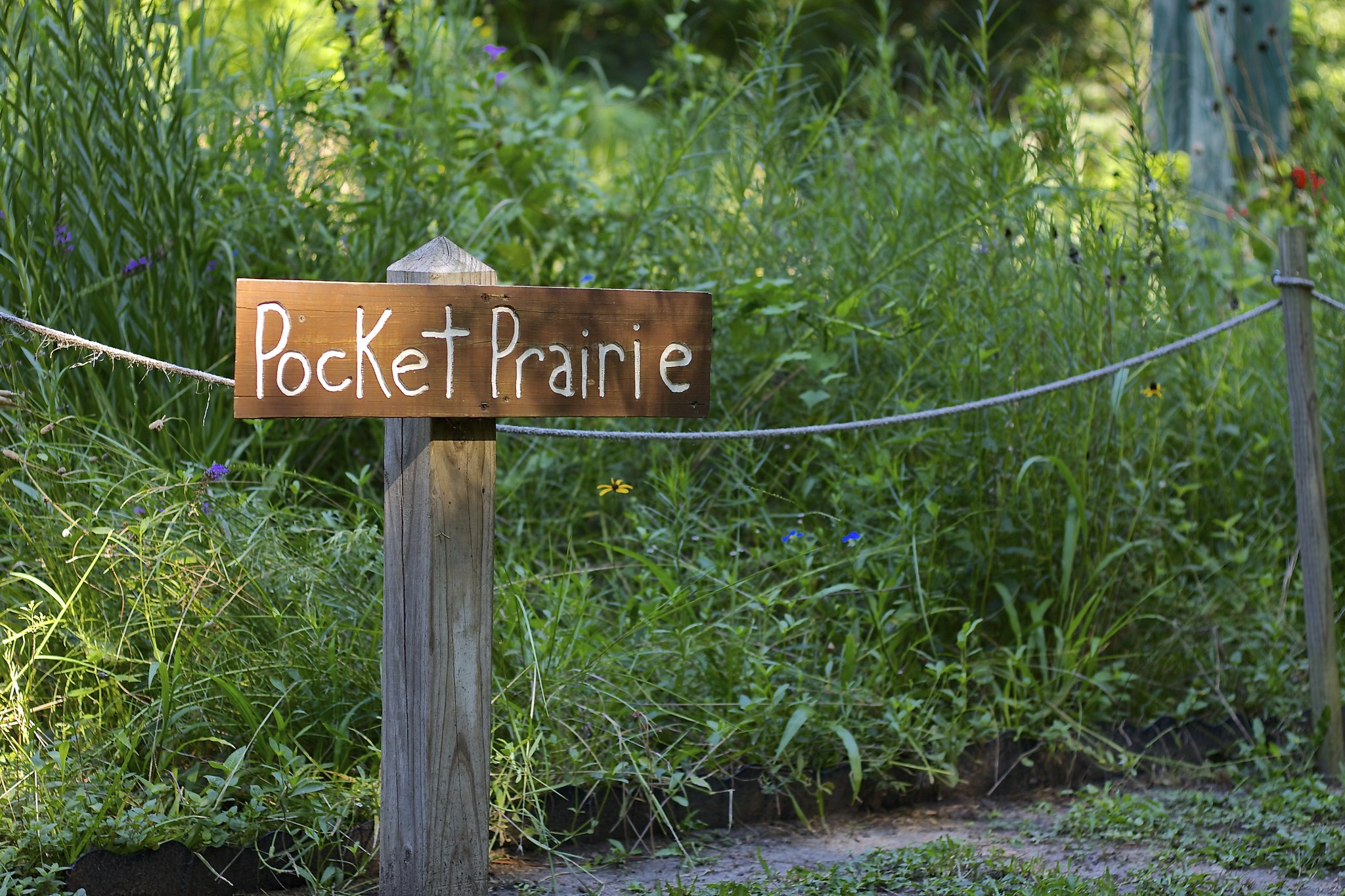
There are few federal protections for grasslands, compared to more sensitive environments like wetlands and, of course, forests. (Texas’ only federally recognized grasslands are the Caddo National Grasslands, about an hour north of Dallas.) Even in the state’s rural areas, grasslands haven’t gone untouched. Decades of farming and overgrazing have also badly damaged native ecosystems.
On Karl Ebel’s 650-acre ranch in northeast Texas, the 60-year-old rancher is trying something new—or rather, a tried-and-true method of restoring his patch of prairie. Sixteen years ago, Ebel cleared his land of brush—the woody tree species that encroach on prairies, pushing out vital grasses and vegetation—and maintained the soil through a combination of controlled burns and herbicides. He then seeded the land with native grasses. Once the grasses were thriving, he brought on cattle and other livestock to graze. But unlike a typical ranch, the cattle don’t roam free: They’re moved from one plot of grass to another to avoid destructive overgrazing, which would prohibit the natural vegetation from regrowing in a few months.
Less than 1 percent of Texas’ original native prairies remain intact.
“It really mimics what the buffalo did,” Ebel told me. “They would come through in dense herds, and graze the grass down, and they would leave. That’s how species on the prairie evolved.” It’s a method known as rotational grazing, which is more conducive to restoring prairie habitats than unchecked grazing or even replacing prairie lands with hay fields to feed livestock.
Rotational grazing has potential for restoring larger patches of prairies sustainably—and it also brings in better economic returns for a ranch like Ebel’s. He doesn’t have to pay another farmer for hay to feed his livestock, and he doesn’t need any of the expensive equipment required to grow hay. A report from the U.S. Department of Agriculture’s Natural Resource Conservation Service estimates that by using rotational growing methods, a farmer can increase their income by $200 per every cow they raise. Ebel says he’s able to keep a cow for half the cost that other ranchers who rely on hay would.
“Twenty-five years ago, if you picked up a livestock publication, you wouldn’t have seen the word ‘stewardship’ in that publication,” Ebel said. Now, there’s a growing recognition that restoring rural Texas’ prairies could help fight climate change.
“It took us a long time to degrade most of this ecology as badly as we have,” Ebel said. Restoration will take time as well.
Read more from the Observer:
-
The Environmental Protection Agency Wants to Repeal its Methane Emissions Limits: Texas, the nation’s largest oil and gas producer, doesn’t otherwise regulate the potent greenhouse gas.
-
Progressive Faith Groups Counter Anti-Abortion Narratives: Conservative Texas groups and lawmakers have cited their faith to back abortion restrictions, but polling shows that majorities across many religions actually support abortion rights.
-
Water Wars Pit Rural and Urban Texas Against Each Other: Fast-growing North Texas towns need water. But a reservoir project will displace families who have lived in Fannin County for generations.
